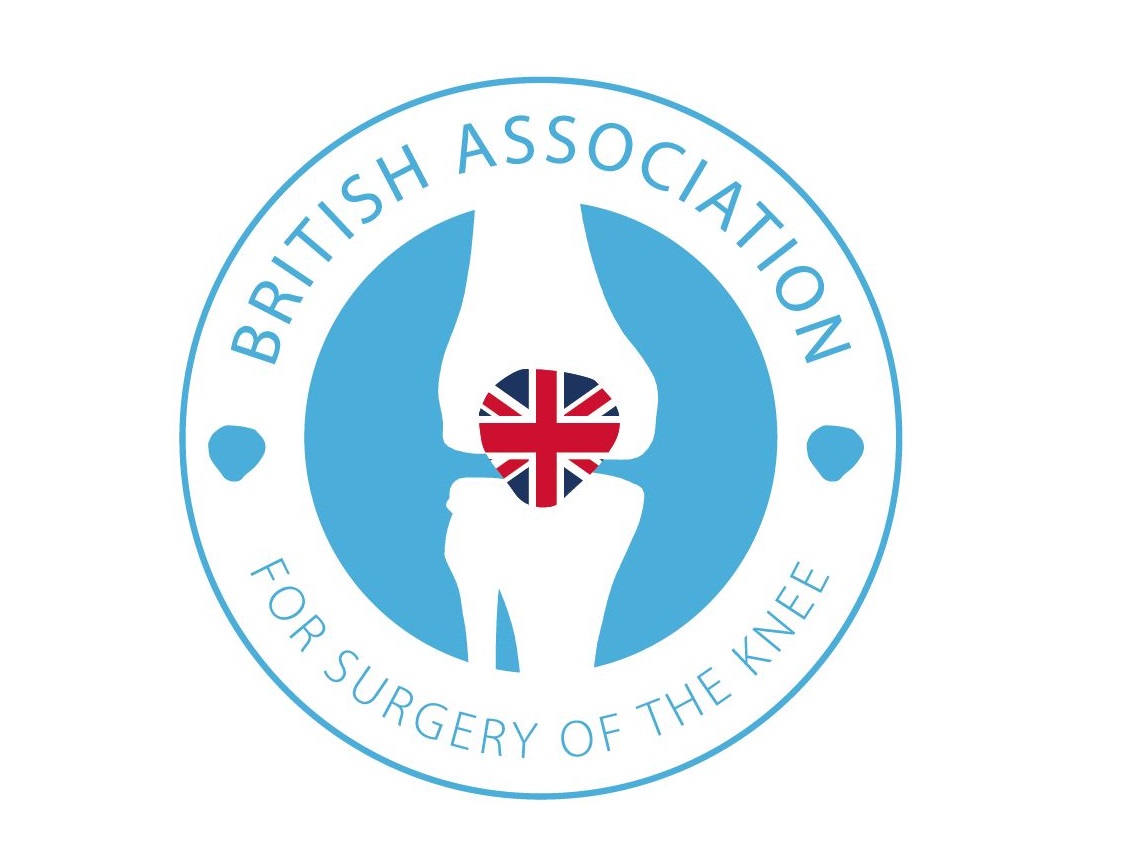BOASt - The Assessment of Patients with Recurrent Patellar Instability



Date Published: August 2020
Last Updated: August 2020
Background and justification
The scope of this guidance is to provide recommendations for the assessment of skeletally mature patients with recurrent patellar instability and no significant degenerative change.
Summary of Audit Standards
- The diagnosis and clinical assessment of recurrent instability involves patient-specific assessment, based on:
• A history of recurrent patellar dislocation, or clear history of recurrent subluxation.
• A history of instability symptoms and their pattern.
• Acute and chronic pain.
• Parameters in the history which constitute risk factors for patellar instability (History of first event and age of onset, bilateral instability, family history).
• Previous surgical interventions.
• A detailed history of the exact nature of previous physiotherapy, compliance and barriers to physiotherapy progression should be elicited.
• An assessment of generalised joint hypermobility.
• Clinical evaluation of the rotational profile of the limb and the presence of coronal deformity
• The potential for non-operative interventions including physiotherapy to improve the patient’s outcome. - Radiographs should include: antero-posterior (or PA); true lateral at 20-30 degrees flexion; and axial (skyline) views at 20-30 degrees knee flexion. These images aim to detect:
• Patella alta (see point 5)
• Degenerative change
• Loose osteochondral fragment
• Trochlear Dysplasia - Further imaging investigations should include an MRI of the knee (unless MRI contra-indicated) which includes axial and sagittal images. The MRI aims to outline:
• Patella alta (see point 5)
• Degenerative change or cartilage loss
• Loose osteochondral or chondral fragment
• Meniscal and ligamentous pathology
• Trochlear dysplasia
• Tibial tuberosity offset - Consider further imaging investigation, in select cases only, based on individual clinical findings:
• Long leg radiographs to assess coronal plane alignment
• CT to assess rotational alignment of femur and tibia - Determination of patella alta involves assessment of the clinical picture and radiological imaging, and may include indices such as patellotrochlear overlap, Caton-Dechamps ratio or Blackburne-Peel ratio according to published normal ranges.
